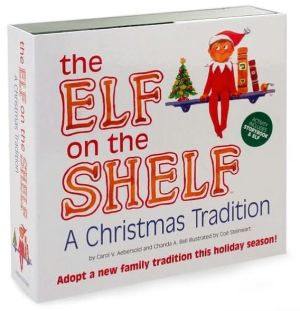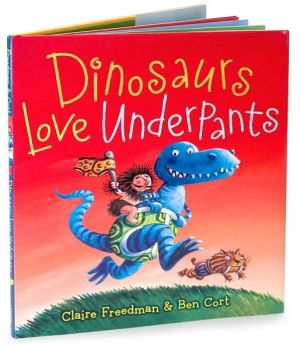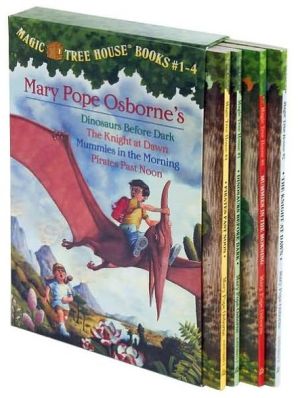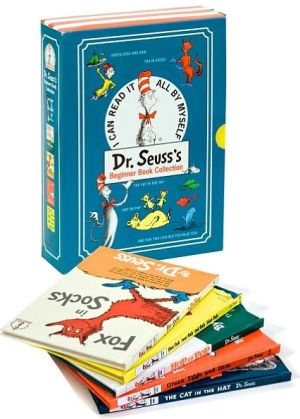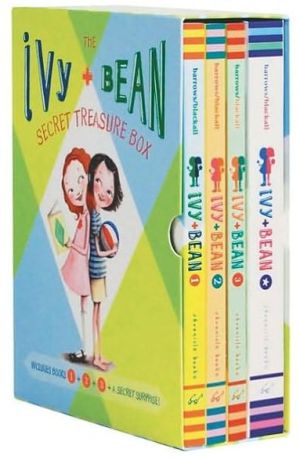Cooper's Lesson
Cooper's Lesson is an inspiring story about identity and intergenerational friendship, featuring a young biracial boy, written in both English and Korean. Cooper has had about enough of being half and half. And he's really had enough of Mr. Lee, the owner of his neighborhood grocery store, speaking to him in Korean even though Cooper can't keep up. Frustrated, he often wonders why things have to be so complicated. Why can't he just be one race or the other? But one moment in Mr. Lee's store...
Search in google:
Cooper's Lesson is an inspiring story about identity and intergenerational friendship, featuring a young biracial boy, written in both English and Korean. Cooper has had about enough of being half and half. And he's really had enough of Mr. Lee, the owner of his neighborhood grocery store, speaking to him in Korean even though Cooper can't keep up. Frustrated, he often wonders why things have to be so complicated. Why can't he just be one race or the other? But one moment in Mr. Lee's store changes everything. Soon Cooper realizes that the things that make up a person are never simple — whether one talks about them in English or Korean. Richly hued oil paintings and tender vivid prose combine to bring the characters to life.Publishers WeeklyFirst-timer Shin tells the story of a bi-racial boy's misstep, and the resulting unlikely friendship with a dour grocer. Establishing Cooper's circumstances with care, Shin draws an uncertain child with a foot in two worlds, one whose Korean grandmother remarks on his pale coloring and freckles, while his white grandmother says, "What brown skin!" Always an anxious visitor at the neighborhood grocer's, Cooper dreads Mr. Lee and his customers, who all speak Korean, and expect the same from Cooper. "The Korean writing on the cans and boxes seemed to dance off the labels.... He looked at Mr. Lee and thought to himself, Why don't you speak English to me?" Unfortunately, the illustrations, by first-timer Cogan, lack the clarity of the text; muddy colors and stiff shapes prevent the pictures from conveying Cooper's feelings. In a critical moment described by Shin with close attention to the emotions that typify children's misdeeds, Cooper steals a hairbrush for his mother. The unexpected compassion the grocer shows the young shoplifter and the growth of Cooper's first friendship with another adult (besides his mother) who speaks Korean provide a satisfying conclusion. Text appears on each page in English, with the Korean below it; Korean dialogue sprinkled through the English text emphasizes the boy's frustration at being unable to communicate. While the story will have most resonance for those struggling with a second language, the themes of wrongdoing and reparations will speak to all children. Ages 6-up. (Feb.) Copyright 2004 Reed Business Information.
\ Publishers WeeklyFirst-timer Shin tells the story of a bi-racial boy's misstep, and the resulting unlikely friendship with a dour grocer. Establishing Cooper's circumstances with care, Shin draws an uncertain child with a foot in two worlds, one whose Korean grandmother remarks on his pale coloring and freckles, while his white grandmother says, "What brown skin!" Always an anxious visitor at the neighborhood grocer's, Cooper dreads Mr. Lee and his customers, who all speak Korean, and expect the same from Cooper. "The Korean writing on the cans and boxes seemed to dance off the labels.... He looked at Mr. Lee and thought to himself, Why don't you speak English to me?" Unfortunately, the illustrations, by first-timer Cogan, lack the clarity of the text; muddy colors and stiff shapes prevent the pictures from conveying Cooper's feelings. In a critical moment described by Shin with close attention to the emotions that typify children's misdeeds, Cooper steals a hairbrush for his mother. The unexpected compassion the grocer shows the young shoplifter and the growth of Cooper's first friendship with another adult (besides his mother) who speaks Korean provide a satisfying conclusion. Text appears on each page in English, with the Korean below it; Korean dialogue sprinkled through the English text emphasizes the boy's frustration at being unable to communicate. While the story will have most resonance for those struggling with a second language, the themes of wrongdoing and reparations will speak to all children. Ages 6-up. (Feb.) Copyright 2004 Reed Business Information.\ \ \ \ \ Children's Literature\ - Ken Marantz\ Cooper feels caught between two cultures. One grandmother comments on how white his skin is; the other on how brown. When his mother asks him to stop at Mr. Lee's store, he is reluctant, because Mr. Lee has scolded him for not speaking Korean. In the store Cooper decides to buy his mother a new hairbrush. But he does not have enough money. He also feels alienated, not knowing enough Korean to understand Mr. Lee's comments. Frustrated, he takes the brush and starts to leave. Mr. Lee catches him and puts him to work, telling him to return again the next day. He is ashamed to tell his mother. But as he works with Mr. Lee in the store, Cooper begins to understand the storekeeper and admits his mistakes. Mr. Lee in turn tells Cooper about his difficulties when he arrived in America. Together they discuss the problems of being both Korean and American. Although didactic, the text covers important areas of cross-cultural interest. Cogan's illustrations suggest backgrounds rather than provide details. Paints are applied in broad strokes; color is used to evoke emotions: blues and greens for the theft and restitution, red for the final happy resolution. The two main characters, however, are defined so that Cooper's feelings are clearly projected, as are Mr. Lee's. The text is completely bi-lingual in Korean and English. The author's note explains her personal relationship with the story.\ \ \ School Library JournalGr 3-5-Cooper, who has a Korean mother and a white, American father, is called "half and half" by his cousin. With his mixed heritage, the boy doesn't know where he fits in. When he goes to the Korean grocery, he is overwhelmed by a language of which he knows very little. He concludes that Mr. Lee, the owner, is laughing at him. In retaliation, Cooper shoplifts a brush for his mother. Caught in the act, he must work off his debt and learns that Mr. Lee's life in the United States has been difficult because of the language barrier. The man also listens to Cooper's frustrations. Eventually, the two come to a better understanding of their own and one another's problems. Told in gentle language, this quiet story focuses on the challenges of being caught between two cultures. The book follows through on the bilingual theme by presenting the text in both English and Korean. The artwork features wide brush strokes and large flat areas of color. Backgrounds are often minimal, while the people are more brightly painted. Using few details, Cogan skillfully captures frustration, confusion, and understanding in the characters' faces. This story can be used to explore and stimulate discussion about issues of identity.-Carolyn Janssen, Children's Learning Center of the Public Library of Cincinnati and Hamilton County, OH Copyright 2004 Reed Business Information.\ \
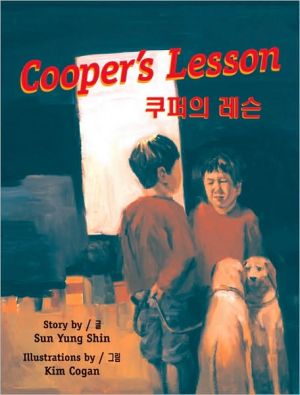
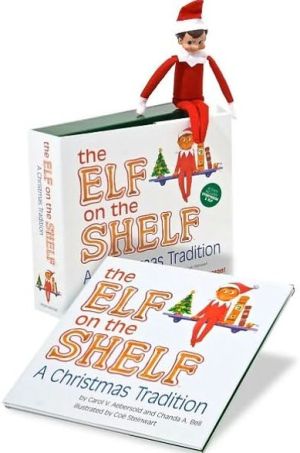
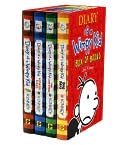
![Tickle Monster Laughter Kit [With Tickle Mitts] Tickle Monster Laughter Kit [With Tickle Mitts]](/application/data/covers/98/35/9781932319835.jpg)
